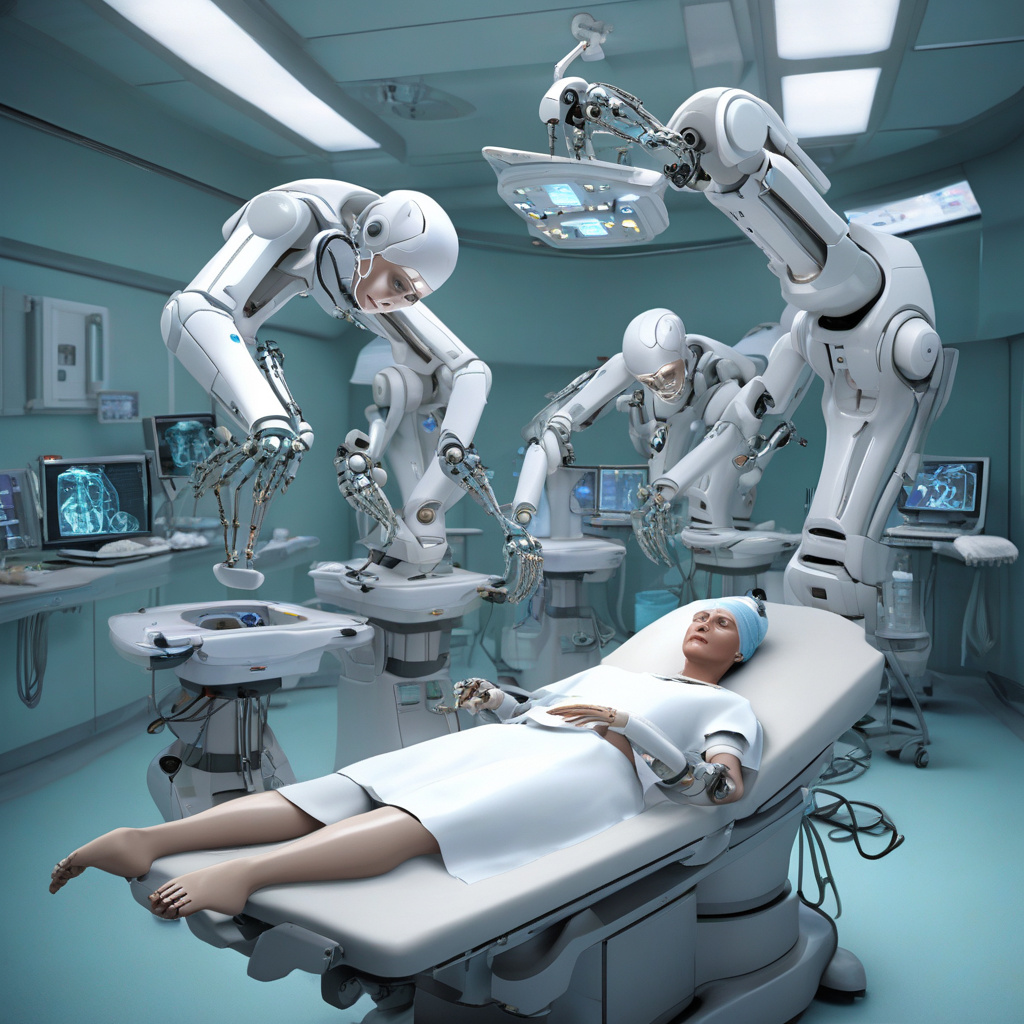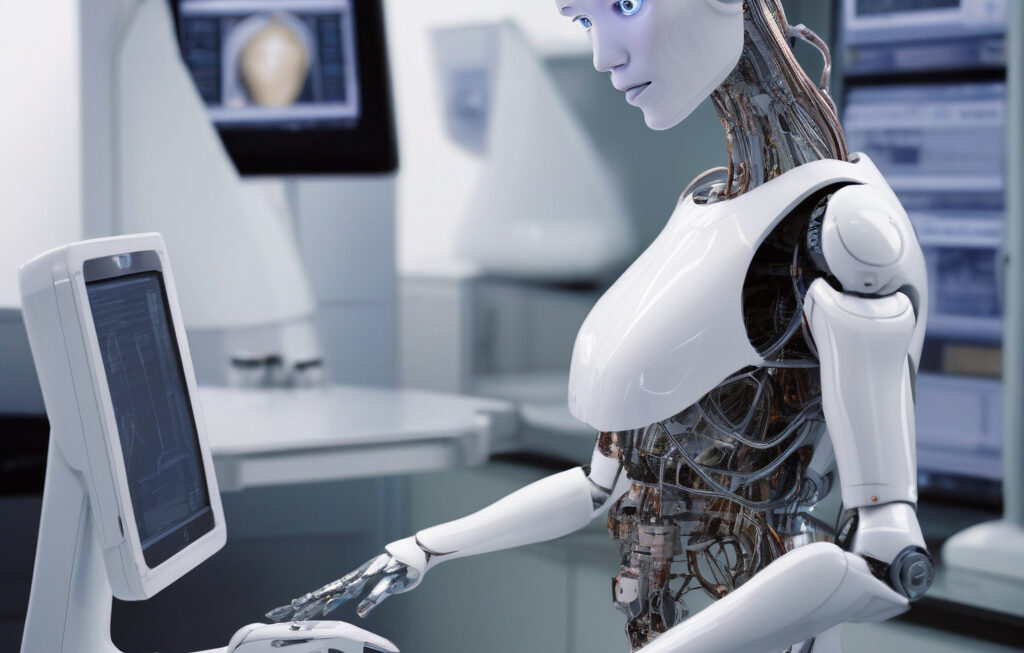Humanoid Surgical Robots: The Future of Medicine
In the fast-paced world of healthcare, hospitals are constantly facing challenges such as overcrowded waiting rooms and physician burnout. These issues not only affect the quality of patient care but also contribute to increased stress levels among healthcare professionals. However, there is a glimmer of hope on the horizon in the form of humanoid surgical robots.
Humanoid surgical robots could provide a solution as hospitals face overcrowded waiting rooms, physician burnout, and the ever-increasing demand for medical services. These robots are designed to assist surgeons in performing complex procedures with precision and accuracy, ultimately leading to better patient outcomes. By incorporating advanced technologies such as artificial intelligence and machine learning, humanoid surgical robots can streamline surgical processes, reduce the risk of human error, and improve overall efficiency in the operating room.
One of the key benefits of humanoid surgical robots is their ability to work tirelessly without succumbing to fatigue or stress, unlike human surgeons who are prone to burnout due to long hours and high-pressure environments. By taking on routine tasks and allowing surgeons to focus on more critical aspects of patient care, these robots can help alleviate the burden on healthcare professionals and prevent burnout.
Moreover, humanoid surgical robots have the potential to slash hospital wait times significantly. With their precise movements and real-time data analysis capabilities, these robots can expedite surgical procedures and reduce the time patients spend in the operating room. This not only increases the number of surgeries that can be performed in a day but also minimizes the wait time for patients, leading to higher patient satisfaction rates.
For instance, the da Vinci Surgical System is a well-known humanoid surgical robot that has been used in a wide range of minimally invasive procedures, from cardiac surgeries to gynecological operations. By offering surgeons enhanced dexterity and 3D high-definition vision, the da Vinci system enables more precise surgical movements and shorter recovery times for patients. As a result, hospitals that have adopted this technology have reported lower complication rates and improved patient outcomes.
In conclusion, humanoid surgical robots have the potential to revolutionize the field of medicine by addressing common challenges such as doctor burnout and long hospital wait times. By leveraging cutting-edge technologies and innovative design, these robots can enhance the overall quality of patient care, improve surgical outcomes, and optimize the efficiency of healthcare delivery. As the healthcare industry continues to evolve, humanoid surgical robots are poised to play a crucial role in shaping the future of medicine.
humanoid surgical robots, doctor burnout, hospital wait times, healthcare innovation, patient care











